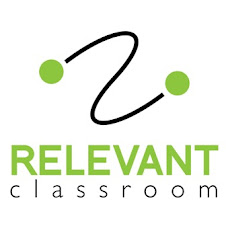Have you ever tracked how you spend time at work or the time you spend behind your desk? It’s fairly eye-opening to see how long some tasks actually take and how quickly you can complete others.
Like many businesses, we try to track our hours by project. A few months ago we ran across a free program to assist in the process called Klok. Klok is time-tracking software with many features.
I don’t use Klok constantly anymore, but it certainly made me aware of where I’m wasting time and helped me rearrange a few tasks throughout my day to make me more efficient. As a small business, it has helped us better estimate the real-time needed to complete projects and budgets.
Time management is one of those skills we all would like to be just a little better at. As educators, we’d really like for our students to be better time managers! The first step to improving is to look at where you’re currently at. How about asking your students to track their work time over a certain timeframe: a few periods, during the school day, over the course of a unit or say during a select 48 hours? Follow up with a journal entry or discussion to reflect and provide time management strategies. If you’re into technology, test out Klok. If you need something simpler, use the good old pen-and-paper method.
Suggestions for Effective Time Tracking:
- Set up the general categories you want to track
-General category examples: sleep, homework/studying, in-class, non-school related computer or games, TV, hygene, etc.
-More specific examples would be broken out by subject or even by specific tasks within subject - Keep track while you’re doing the task (we are often off when we try to estimate after the fact)
- Be sure to sum totals for all categories (could be a good graphing exercise as well)
Reflection and Follow-Up Items:
- What surprises you about how you spend your time?
- What doesn’t surprise you about how you spend your time?
- In what areas could you easily be more efficient?
- How could you better balance your time?
- What tasks would you like to spend more time on?
- List 2 goals for how you would like to better allocate your time next week
Leadership Development Tip for August 28, 2008



